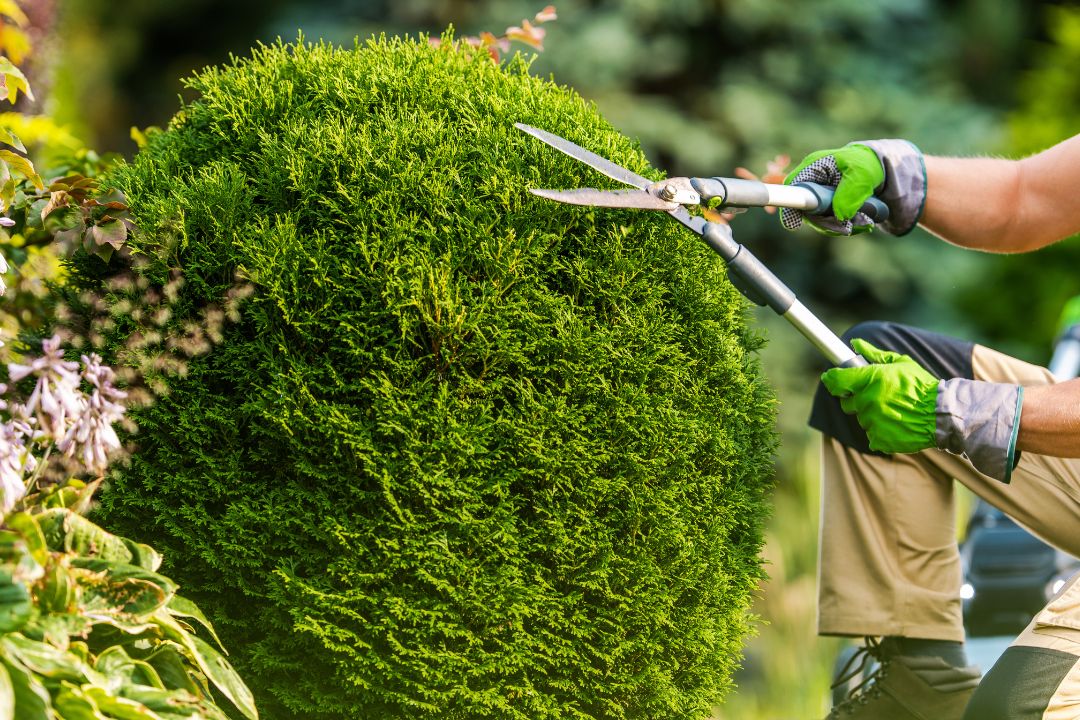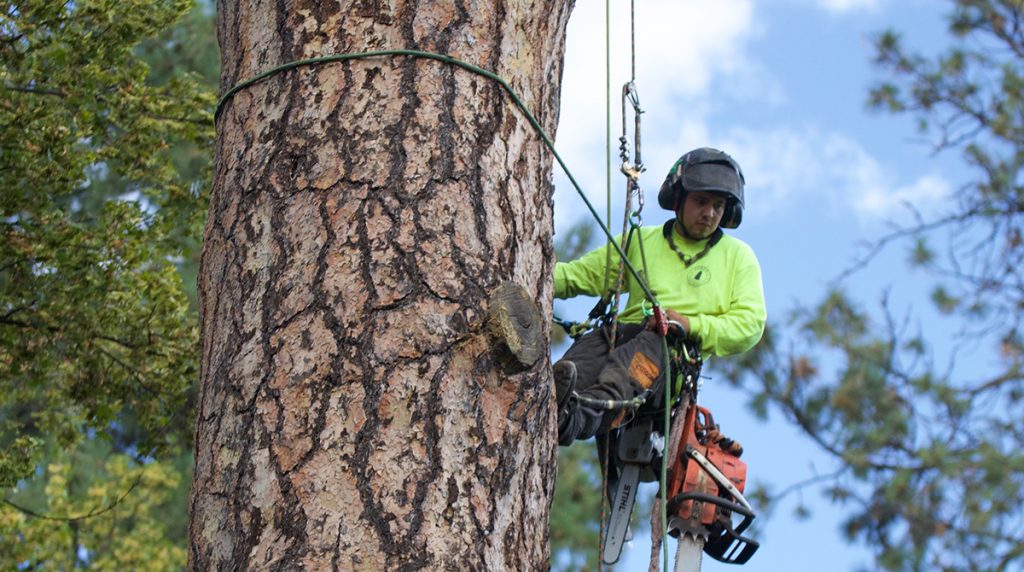Understanding the Relevance of Tree Preservation and Preservation Practices in Urban Areas
In the busy landscape of city atmospheres, trees usually stand as silent guardians, giving a plethora of benefits that prolong much beyond their aesthetic charm. Understanding the relevance of tree conservation and conservation practices in these areas is not simply an all natural approach yet an environmental factor to consider to cultivating resistant and sustainable areas. As we check out the interwoven material of ecological, social, and economic benefits that city trees provide, it ends up being apparent that their preservation is pivotal for the health of future and present generations. Let us start a journey to discover the important role that trees play fit the urban landscapes of tomorrow.
Ecological Benefits of Trees in Cities
Trees in metropolitan locations play a crucial role in providing different environmental benefits, contributing to the total well-being of city occupants. This procedure assists lower the focus of dangerous gases, making the air cleanser and healthier for locals.

Moreover, trees contribute to water management by reducing stormwater overflow and dirt disintegration. Overall, the environmental advantages of trees in cities are crucial for producing habitable and sustainable metropolitan environments.
Social Importance of Urban Tree Conservation
In contemporary metropolitan landscapes, the conservation of trees holds significant social relevance for cultivating neighborhood well-being and enhancing quality of life. Urban tree preservation plays a vital role in producing spaces for social communication and neighborhood interaction.

Economic Value of Tree Conservation
The preservation and conservation of urban trees offer substantial economic benefits that contribute to the overall financial well-being of areas and cities. Urban trees provide a wide range of financial advantages that positively affect regional economic situations.
In addition, trees play an important function in minimizing stormwater runoff and alleviating the effects of flooding, which can result in cost financial savings for cities in terms of facilities maintenance and repair work. Urban trees likewise add to improved air quality by launching and soaking up toxins oxygen, causing potential cost savings in health care expenses connected with respiratory system ailments. By acknowledging and investing in the financial value of tree conservation, cities can promote lasting advancement, enhance lifestyle, and produce Full Article more resistant metropolitan settings.
Techniques for Lasting Urban Tree Monitoring
A comprehensive strategy to lasting urban tree monitoring involves incorporating diverse techniques that prioritize lasting environmental health and area health. Implementing tree stocks and assessments is critical to comprehend urban tree populaces, their health and wellness, and maintenance demands. Regular pruning, watering, and mulching are important methods to make sure tree vitality. Furthermore, embracing tree growing programs that focus on climate-resilient and indigenous types can boost urban biodiversity and sustainability.
Area involvement plays an essential duty in lasting city tree monitoring. Informing locals concerning the benefits of trees, organizing tree planting occasions, and involving volunteers in tree treatment activities fosters a feeling of ownership and stewardship. Cooperation between city government, ecological companies, and citizens is crucial to creating and carrying out reliable tree monitoring strategies.
Spending in eco-friendly framework, such as environment-friendly roofs and urban woodlands, can supply several advantages, consisting of improved air high quality, stormwater management, and metropolitan warm island reduction. RC Property Services Guilford CT. Integrating trees into urban preparation and style processes makes certain that trees are valued as vital elements of a durable and healthy city setting
Neighborhood Involvement in Tree Preservation
Community involvement is a basic element in fostering lasting urban tree monitoring practices and ensuring the lasting health and preservation of metropolitan tree populations. Involving the community in tree conservation efforts can result in enhanced recognition, recognition, and stewardship of trees within city areas. When homeowners actively get involved in tree preservation, planting, and upkeep efforts, they develop a sense of possession and satisfaction in their regional setting.
Neighborhood participation also promotes social communication and partnership among citizens, local authorities, and ecological organizations, fostering a common responsibility for urban tree preservation. By organizing tree growing occasions, educational workshops, and volunteer opportunities, neighborhoods can interact to boost the urban tree canopy and create greener, healthier cities. Moreover, entailing residents in decision-making processes regarding tree administration makes sure that varied viewpoints and local expertise are taken into consideration, leading to more lasting and effective conservation practices. tree removal. Ultimately, community participation plays a vital role in structure growing and resistant city woodlands for future generations to enjoy.
Verdict
Finally, urban tree conservation and conservation practices play a vital function in improving the ecological, social, and economic well-being of cities. By recognizing the value of trees in urban locations and applying sustainable monitoring approaches, communities can enjoy the numerous advantages that why not try this out trees provide. It is critical for stakeholders to actively participate in tree conservation initiatives to make sure a greener and healthier city environment for future and current generations.
